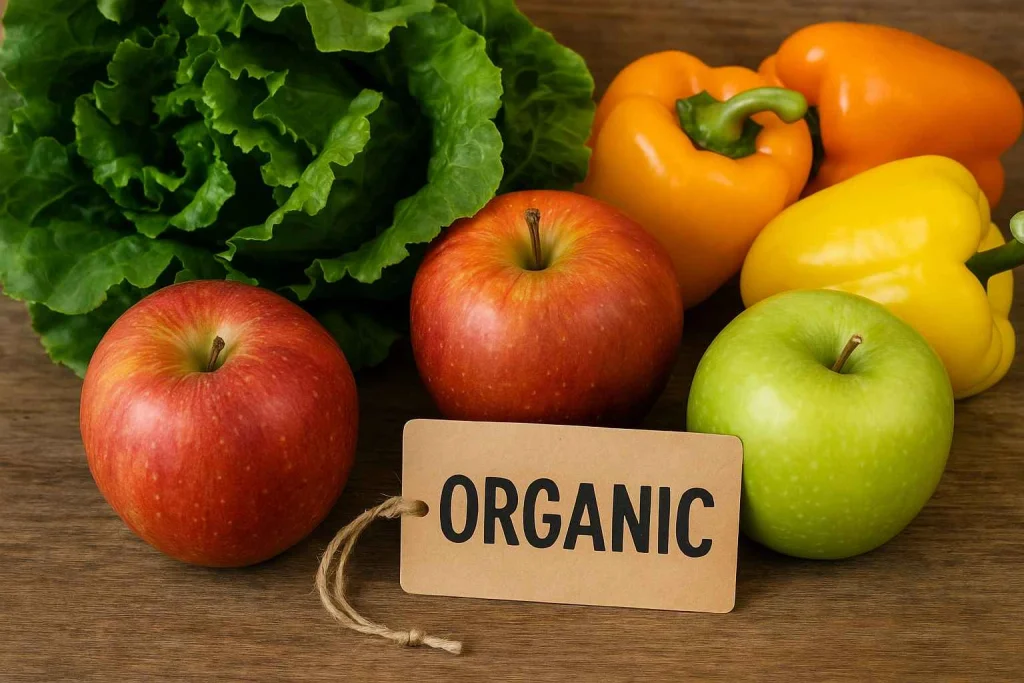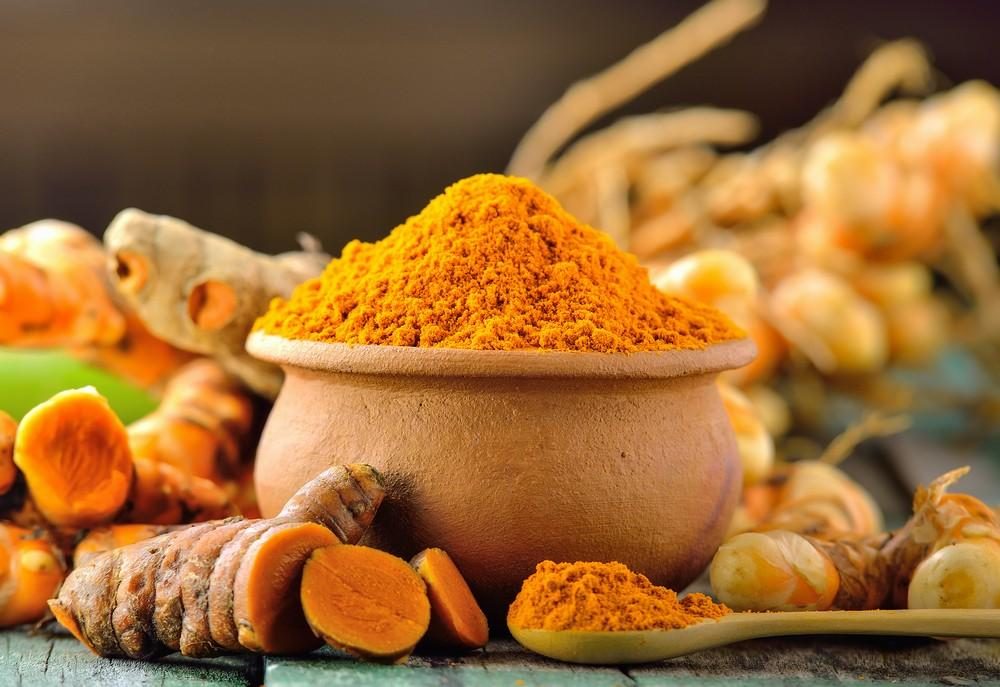
Organic food has become a badge of health and virtue in grocery aisles across the country. From glossy produce to pasture-raised meats, these items promise cleaner, greener eating—but at a noticeably higher cost. As food prices climb overall, more shoppers are wondering: is the cost of organic food actually worth it?

Content
Why Organic Costs More
Organic farming requires stricter practices. Growers can’t use synthetic pesticides, herbicides, or fertilizers, which means fewer shortcuts and higher labor costs. Farmers must also pay for USDA organic certification and meet ongoing inspection requirements. On top of that, organic crop yields are often lower due to pests and disease being harder to control without chemicals.
This all adds up at checkout—organic products can cost anywhere from 10% to 100% more than conventional counterparts.
Health Benefits: Real or Hype?
One of the biggest drivers behind choosing organic is the belief that it’s healthier. While studies have shown organic produce has fewer pesticide residues, both organic and conventional foods sold in the U.S. are regulated to fall within safety limits.
Nutritionally, the differences are minimal. Some research shows slightly higher antioxidant levels in organic fruits and vegetables, but experts agree the most important thing is that you’re eating enough produce—organic or not.
For animal products, organic meat and dairy must come from animals raised without antibiotics or added hormones. This appeals to those concerned about antibiotic resistance or hormone exposure, though the science on health risks remains inconclusive.
Environmental and Ethical Factors
What may justify the higher price for some shoppers is the environmental and ethical impact. Organic farming typically uses more sustainable practices: healthier soil, better crop rotation, and more biodiversity. It also avoids runoff from synthetic fertilizers and harmful pesticides, which can contaminate water supplies.
Additionally, organic livestock must have access to the outdoors and be fed organic feed, which many consider more humane.
Where to Spend and Where to Save
You don’t need to go all-in on organic to shop smart. The Environmental Working Group (EWG) releases an annual “Dirty Dozen” list of produce with the highest pesticide residues—buying these items organic can offer more bang for your buck. Conversely, “Clean Fifteen” items (like avocados and bananas) tend to have low residues even when grown conventionally.
Staples like grains, beans, and frozen veggies are usually just as safe in non-organic form and can help balance your budget.
Bottom Line
The cost of organic food reflects more than just what’s on the label—it includes farming methods, certification expenses, labor practices, and supply chain limitations. For some, the higher price is worth the peace of mind or environmental support. For others, a mixed approach offers the best balance between health goals and financial realities.
Either way, eating a wide variety of whole, minimally processed foods—organic or not—is what matters most.

Steven is a health blog author who has been writing about nutrition, fitness and healthy living for over 10 years. He also loves to run, hike and bike with her wife.












